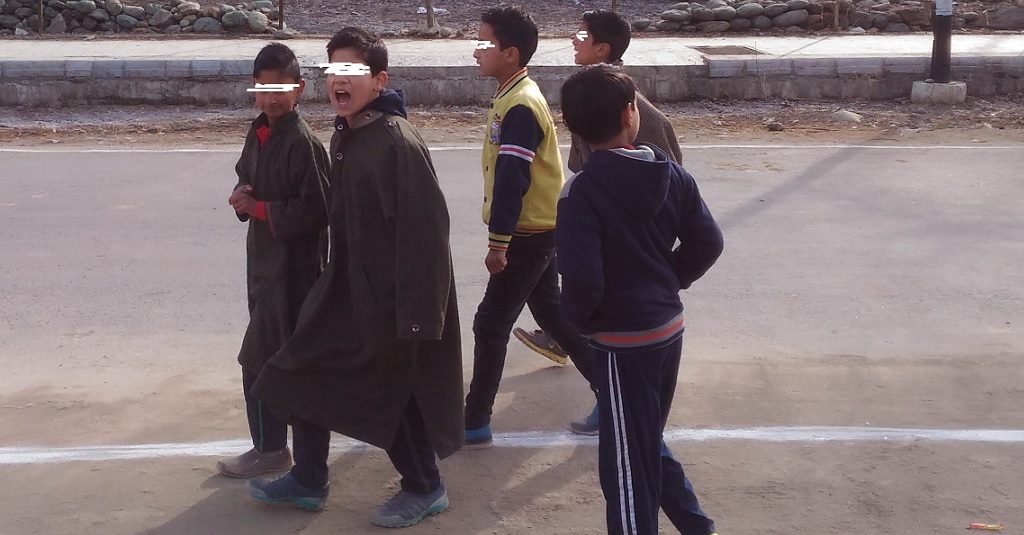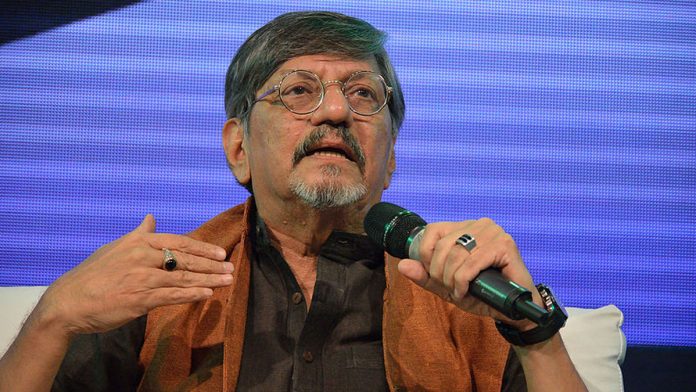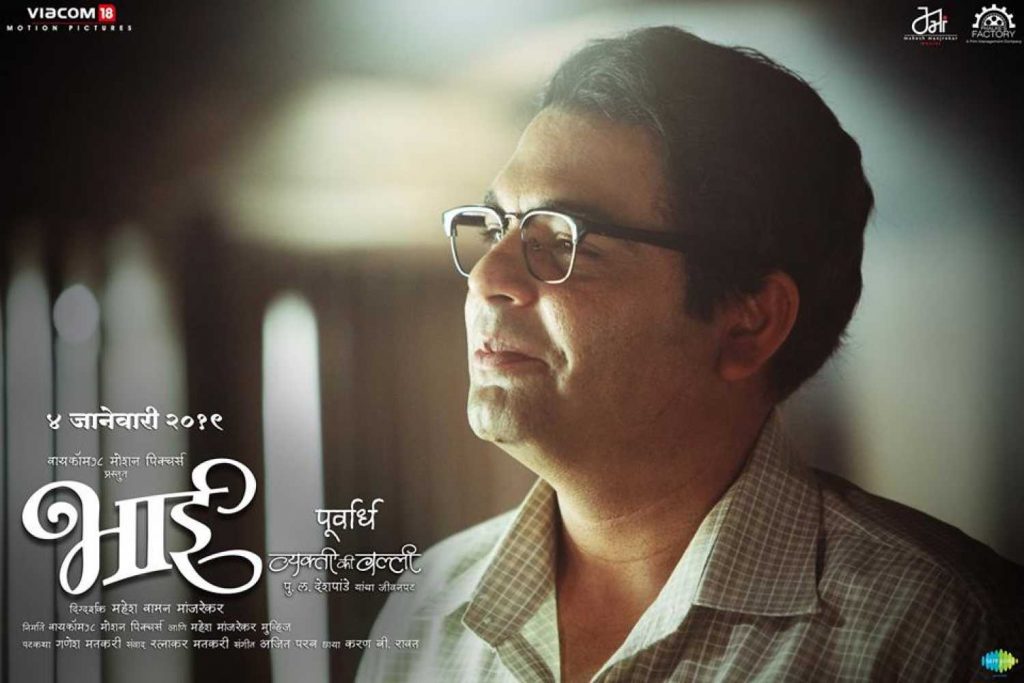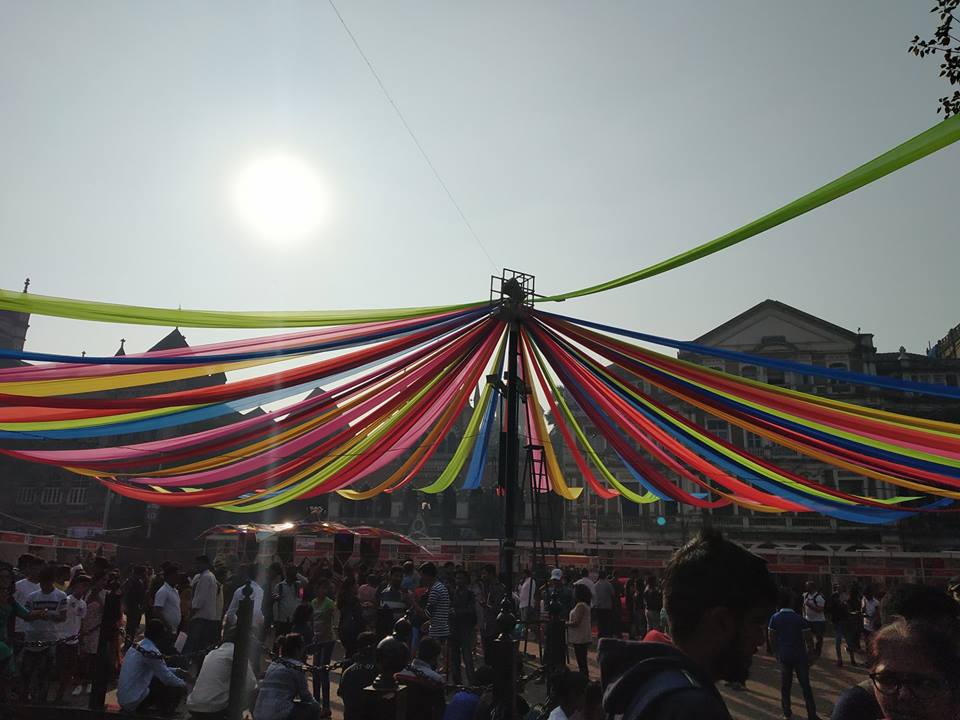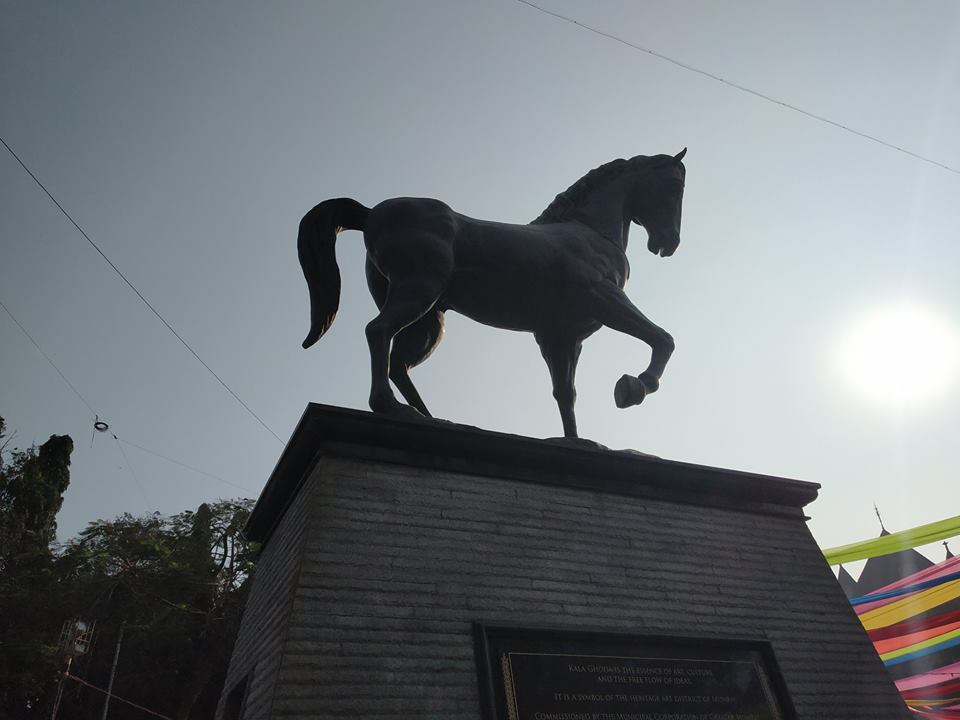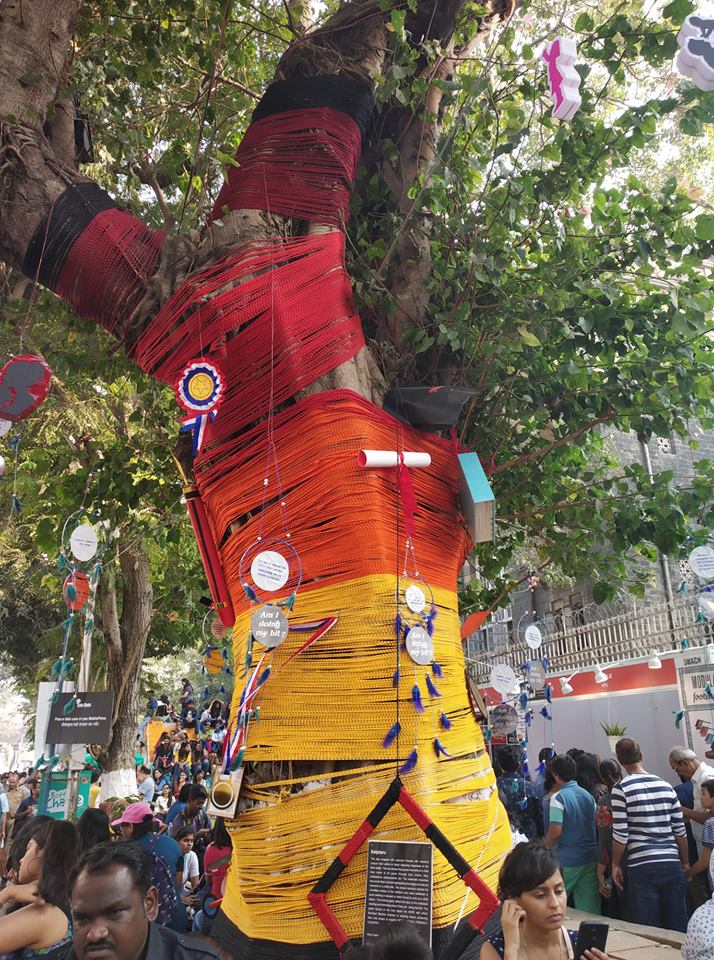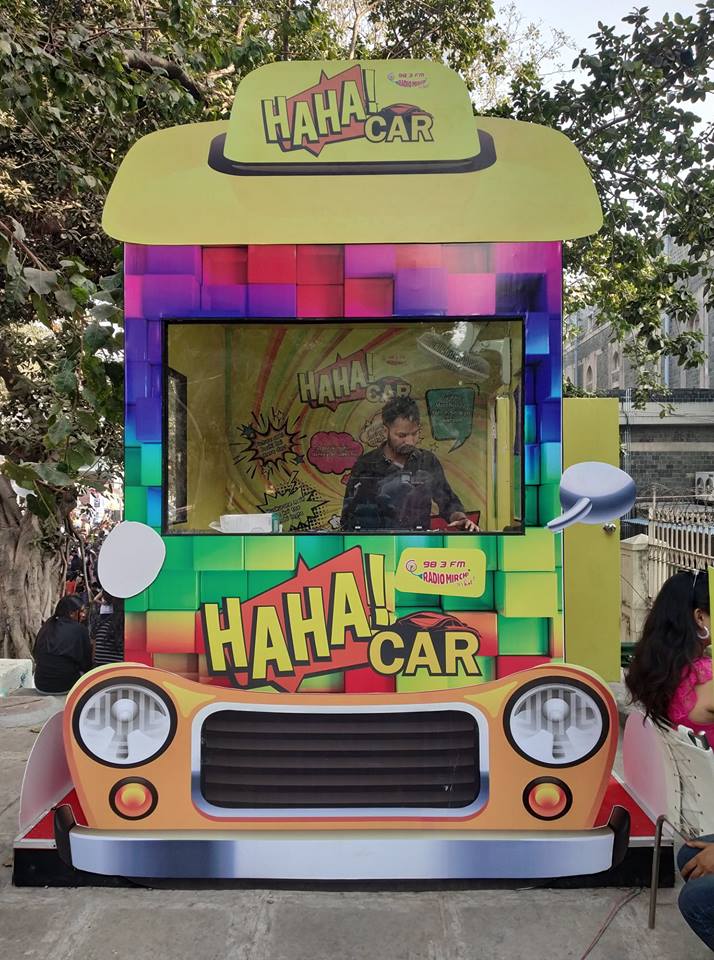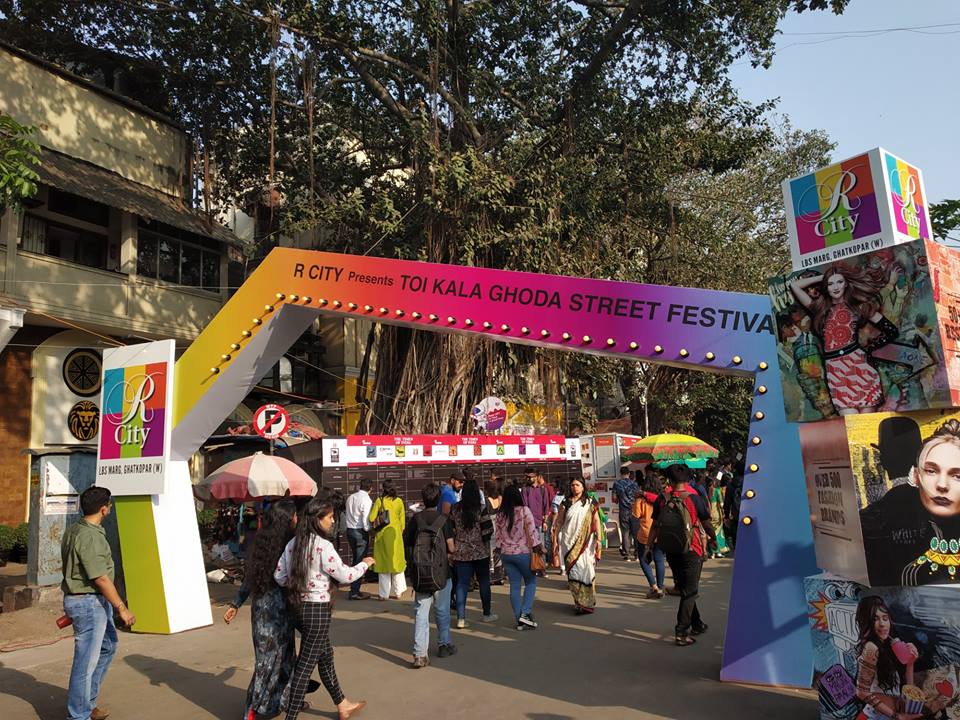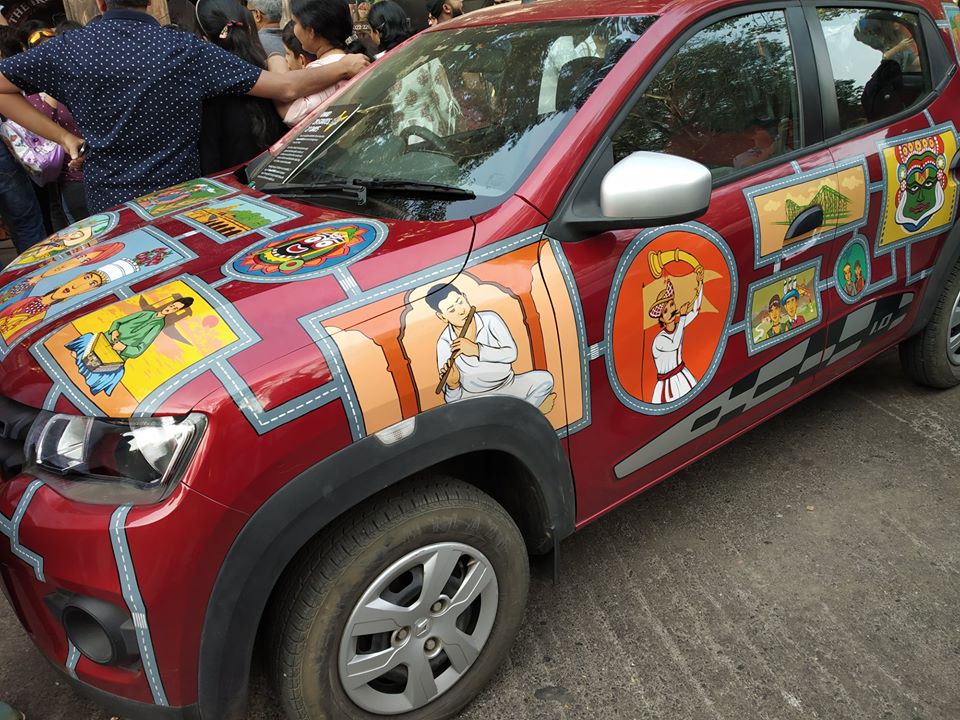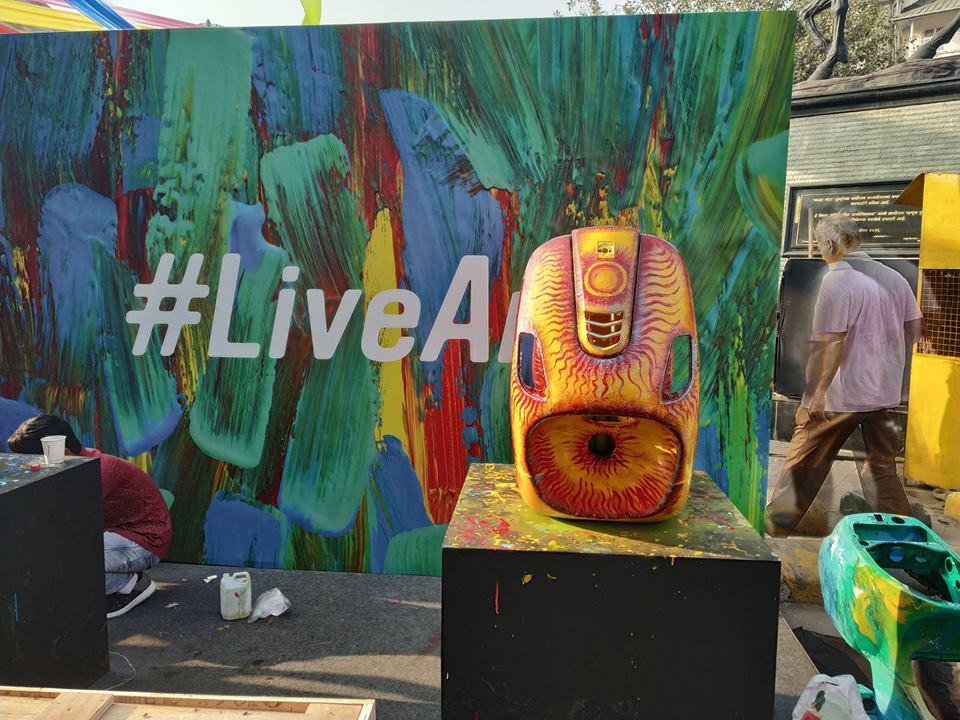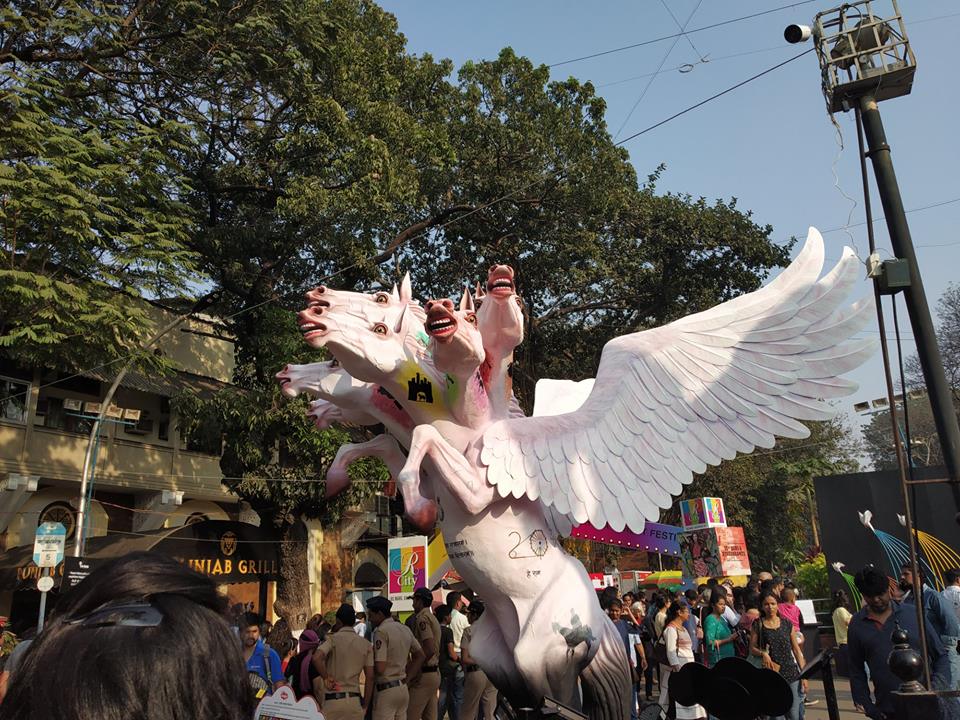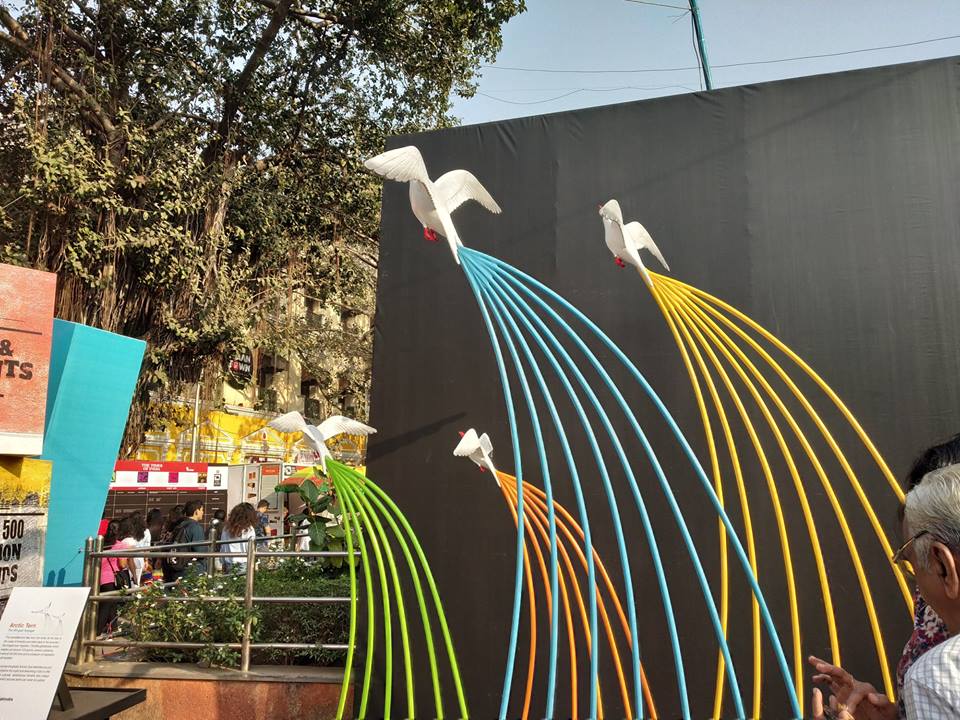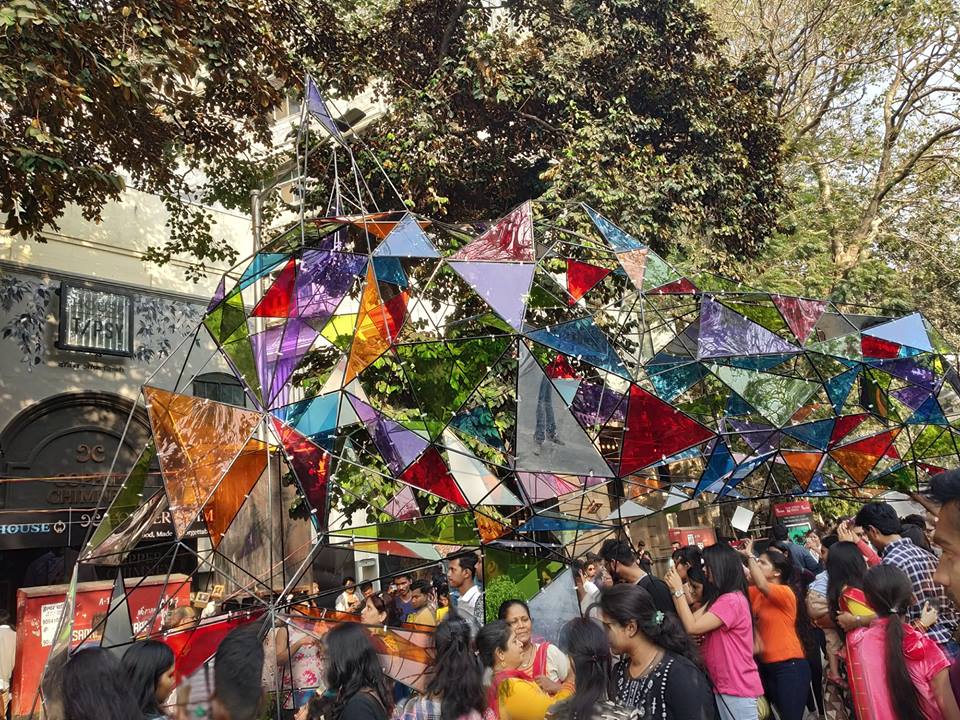The Pulwama terrorist attack on 14 February, which killed at least 40 Indian police personnel, has triggered tensions between India and Pakistan yet again. The tragedy of the incident has increased manifolds after the disgusting behaviour of television news anchors and the countless hate-mongering social media posts.
The news anchors sitting inside the security and comfort of their air-conditioned studios have been literally demanding a war on Pakistan ever since Pulwama incident happened. A large number of the audiences watching such ‘shows’ in equally secure homes have been demanding the same and sharing posts that give an idea as if life is just a movie or a video game for them.
Of all the social media posts and memes that are shared post Pulwama attack, the prominent ones are from the Hindi film Border (1997) by J P Dutta. It is the ultimate war film that keeps lingering in the minds of the masses of India whenever a war-like situation erupts.
Short videos of scenes from the film start getting shared on social media and What’s App. Some of the prominent ones are Sunny Deol’s character’s passion to win the war, his famous Mathuradas moment, Jackie Shroff, as the Indian Air Force officer, blowing up enemies from the sky and the song ‘Hindustan,’ to name a few.
But the most defining moment of the film is its last six minutes, which somehow doesn’t pop up in people’s minds. I am yet to come across a single post or video about that portion of the film. I am sure some of you might still not be able to recall it.
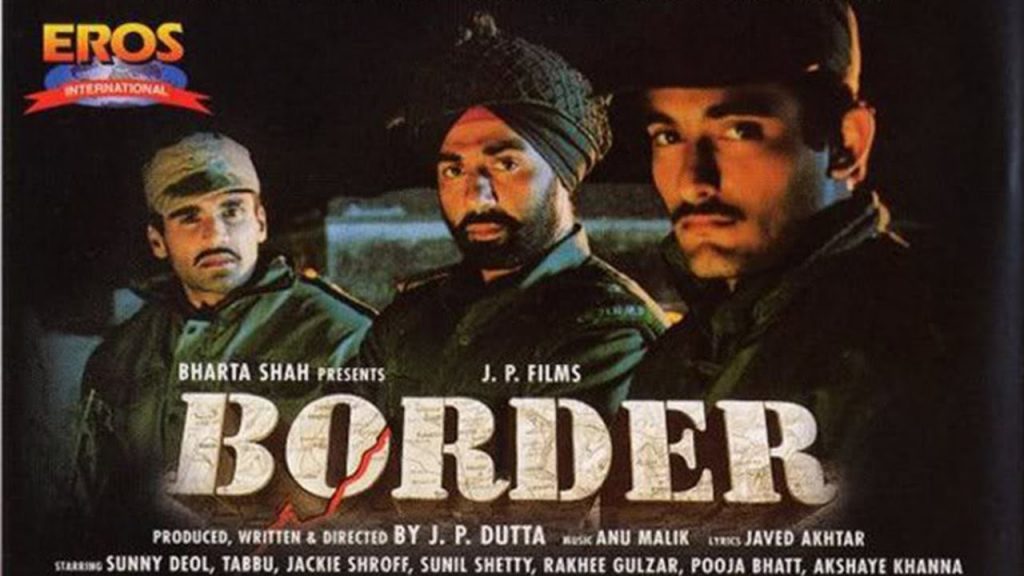
The film ends with the song ‘Mere Dushman, Mere Bhai,’ which shows the horrors of war. The lyrics and its visuals make it loud and clear that war can only be ugly and devastating. The family members of soldiers are seen devastated by the loss of a son, father or brother. Something we can’t imagine while ‘demanding’ a war without the danger of losing a loved one.
Here is one example of the heart-penetrating lines of Javed Akhtar:
Hum
Apne Apne Kheton Mein Gehun Ki Jagah Chawal Ki Jagah Yeh Bandooke Kyun Bote
Hain
Jab Dono Hi Ki Galiyon Mein Kuchh Bhooke
Bachche Rote Hain
No doubt, today Border is considered quite jingoistic, loud and, at times, silly. But we have forgotten that it actually ends by giving a message that war is never the answer and nobody gains from it. I wonder how such a profound message got lost over time. Or maybe we are conditioned to conveniently forget it?
In one of the scenes of the songs, Deol is seen saluting a dead Pakistani soldier. The frame freezes with the flags of both India and Pakistan on the screen.
I get a jolt when I compare this with the posts about ‘wiping out’ the entire Pakistan and that too by people whom I used to consider sane all these years.
By: Keyur Seta
Watch the song:
